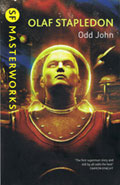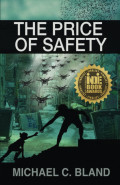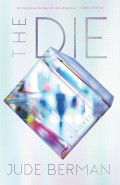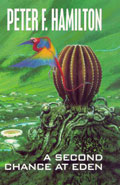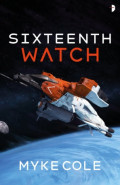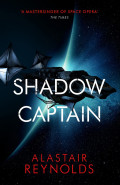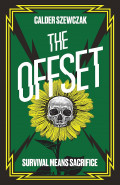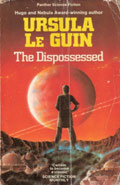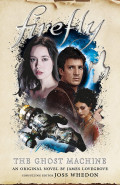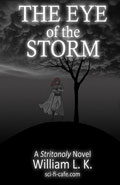Bowl of Heaven
By Gregory Benford
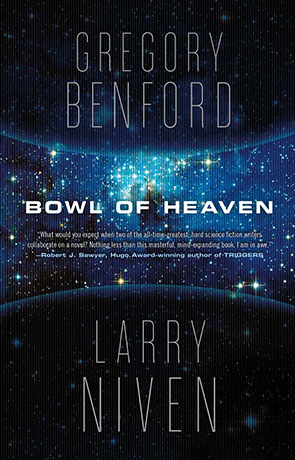
- Bowl of Heaven
-
Author: Gregory Benford
-
Publisher: Titan Books
- ISBN: 978-1783294329
- Published: July 2014
- Pages: 416
- Format reviewed: Paperback
- Review date: 06/10/2014
- Language: English
- Age Range: 15-
The partnership of Benford and Niven is a coming together of two icons of science fiction. Both have won Nebula awards for their work and are contemporaries of each other - an unusual collaboration as many partnerships tend to be of an older established writer and a young talent, but in this case we have a book written by two stellar names.
Working within the parameters of another creative force is something Gregory Benford has a wealth of experience with. His collaboration with David Brin on Heart of the Comet (1986) and the continuation of Asimov’s Foundation series with Foundation’s Fear (1997) were both well received. Through a long illustrious career, he has edited magazines, short story collections and more.
Larry Niven has also collaborated with others throughout his career, producing a wide variety of science fiction and fantasy. Although, he is best known to most readers for his award winning novel Ringworld (1970), where he first proposed the artificially constructed ‘ring’ around a star as a living space.
The theme of Ringworld returns in Bowl of Heaven, as Benford and Niven introduce, the Sunseeker, a spaceship on its way to a distant planet to establish a new human colony. On route, they encounter the Bowl of Heaven – a huge construction, surrounding and harnessing the power of a star.
The introductions of our human explorer cast at the farewell and launch party of the Sunseeker - most notably Cliff and Beth, a biologist and a pilot - are handled well, with a focus toward show rather than tell established early on, and continued throughout the story. The exposition of humanity’s future technological and political position in this future is woven into the introduction without too much trouble and distraction. We learn of the impending coldsleep for the crew and the authors use this as a nice transition to get to the important crisis of the alien encounter.
From here, a small plot contrivance brings us to a novel packed with exploration and discovery. Niven has had many years to refine the concept of the ringworld and here its use as an interstellar spacecraft is an enticing image. Occasionally, it is easy to lose the sense of the sheer scale of this construction, but I think this is more down to the failings of the reader than the writers.
The exploration of the bowl and its inhabitant/passengers is an interesting juxtaposition of space adventure and scientific discovery. In this, I am reminded of the Rama collaborations between Gentry Lee and Arthur C. Clarke in that Bowl of Heaven has a very human quality to it, as the characters develop their own relationships with each other, whilst exploring the vast alien spacecraft. This does serve to make the novel less austere, but doesn’t quite utilise enough nuance to make the characters memorable (apart from the mission leader, Captain Redwing). The weakness is possibly in the dialogue, which doesn’t feel particularly differentiated and discussions become a hand off between different members of the mostly pleasant, but not lovable cast, depending on their scientific specialisms.
However, the emphasis on action, discovery and moving the story forward keeps our interest. There is certainly something of the 1950s and 1960s to the adventure narrated here as small away teams armed with lasers, battle aliens and ride around in acquired or improvised vehicles. Peripheral characters die and we learn more about the different territories, technologies and cultures. The character perspectives are tight and used well to allow us to experience the mystery of the strange environment. The main characters rationalise what they encounter with the knowledge they have, which serves up enough science without punching a hole in the possibility of the artifice. The occasional chapter from the perspective of the aliens doesn’t detract from the mystery. Instead, it denotes the rationalised difference between them and us that the authors are positing and this, for me, was perhaps the most intriguing element of the work.
There are some inconsistencies in the text; some misused words and the occasional jump back, jump forward of information with character perspectives, which jars a bit, but doesn’t detract from a pleasant read. Fans of Ringworld may feel much of the wonder is old ground, but the ‘Bowl’ is a different beast and gradually emerges in its own right.
Bowl of Heaven is the first of a two–part series, which is just as well, as the vast canvas of landscapes, politics and cultures depicted here are worthy of much more exploration. The second novel, Shipstar is available now and concludes the story.
Written on 6th October 2014 by Allen Stroud .
